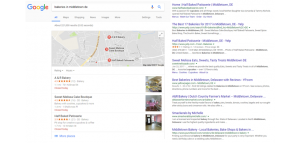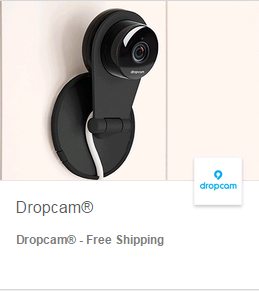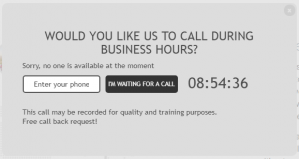How do you get the most value out of your content? Contributor Ural Cebeci discusses strategies for crafting compelling content that gets your audience hooked and wanting more.
 Content marketing isn’t easy. It requires time and resources that are often in short supply. Thus, when your brand finds a narrative that resonates with your target audience, it’s vital that you make the most of it.
Content marketing isn’t easy. It requires time and resources that are often in short supply. Thus, when your brand finds a narrative that resonates with your target audience, it’s vital that you make the most of it.Think of your content as a buffalo. (No, really. Stay with me here.)
As you no doubt learned in school, hunting was a vital part to our survival. Over generations, hunters developed a detailed framework for hunting and slaughtering their prey. Every move was deliberate, and every player had a specific role to play in the hunt. Once the hunt was over, everyone had a role to play in extracting anything and everything of value from the animal.
It’s this structure and level of efficiency that you should look to emulate in a content marketing strategy.
Laying the groundwork
If you want to extract every bit of value from a great theme or story, you need to have the right plan in place. This high-level framework comprises four components:
- Your audience. To whom are you selling? You need an understanding of your target audience, their problems, their interests and — most importantly — where your content can add value.
- Your goals. What do you want to get out of this? Sure, you ultimately want sales, but a sale is a result of achieving your content goals. The goals of your content should be about adding value and building a relationship. Thus, your KPIs should be focused on measuring value and engagement (e.g., site visits, content downloads, newsletter signups).
- The buyers’ journey. What process do your buyers go through before purchasing your product or one like it? Think about the stages of the purchasing funnel — awareness, consideration, conversion, loyalty, and finally, advocacy — and what type of content is valuable at each stage of that journey.
- Mapping channels and content. This is where the rubber meets the road. Once you understand your audience, your goals and how your customers move through the purchasing process, it’s time to map your content to your audience and the channels they’re active on.
Tent-pole vs. derivative content
When it comes time to map your content to pertinent channels, think of it as falling into two buckets:
- Tent-pole content: Longer-form content that provides a lot of value and, thus, drives deeper engagement. Format-wise, tent-pole content can manifest as a full-size infographic, e-book, white paper, webinar or similar in-depth piece. These pieces require investment to both create and consume them, hence the need to provide great value in them.
- Derivative content: Shorter content across a number of channels that casts a wider net. Derivative content is much more efficient to produce than tent-pole content and represents the core of the “using every last piece of the bison” approach to content marketing.
Why is derivative content important? Well, consider this fun fact: In 2000, the average human attention span was 12 seconds (PDF). By 2013, it was eight seconds.
In other words, more now than ever, you only have a few seconds to get your audience’s attention. If your first interaction with your audience is a long-winded e-book, you’re not going to get far with them. You need something they can quickly consume.
With derivative content, you can multiply the power of your tent-pole content to extend the lifespan of your story. Derivative content can serve as a taste test for your target audience to see if they’re interested in learning more.
For example, consider Cisco’s (disclosure: client) launch of the cBR-8 router. The company’s fundamental content around the launch was highly technical, in-depth product specs. That’s the kind of B2B content that’s useful to someone seriously considering the purchase, but it’s not very interesting or engaging.
So how do you get people talking about the launch? The company turned to short-form content — in this case, stop-motion animated Vines — to communicate the speed of the new tech versus the old, and to direct interested parties to the more technical details.
Keep in mind that you’re most likely to first engage with your audience via mobile or social. Mobile-optimized content will give people a compelling reason to invest time in your content.
Short-form derivative content — a well-crafted social post, for example — is often ideal for this first engagement with a consumer. The trick is to give them a compelling reason to click through to the tent-pole content.
Some opinions expressed in this article may be those of a guest author and not necessarily Marketing Land. Staff authors are listed here.
Marketing Land – Internet Marketing News, Strategies & Tips
(68)
Report Post








